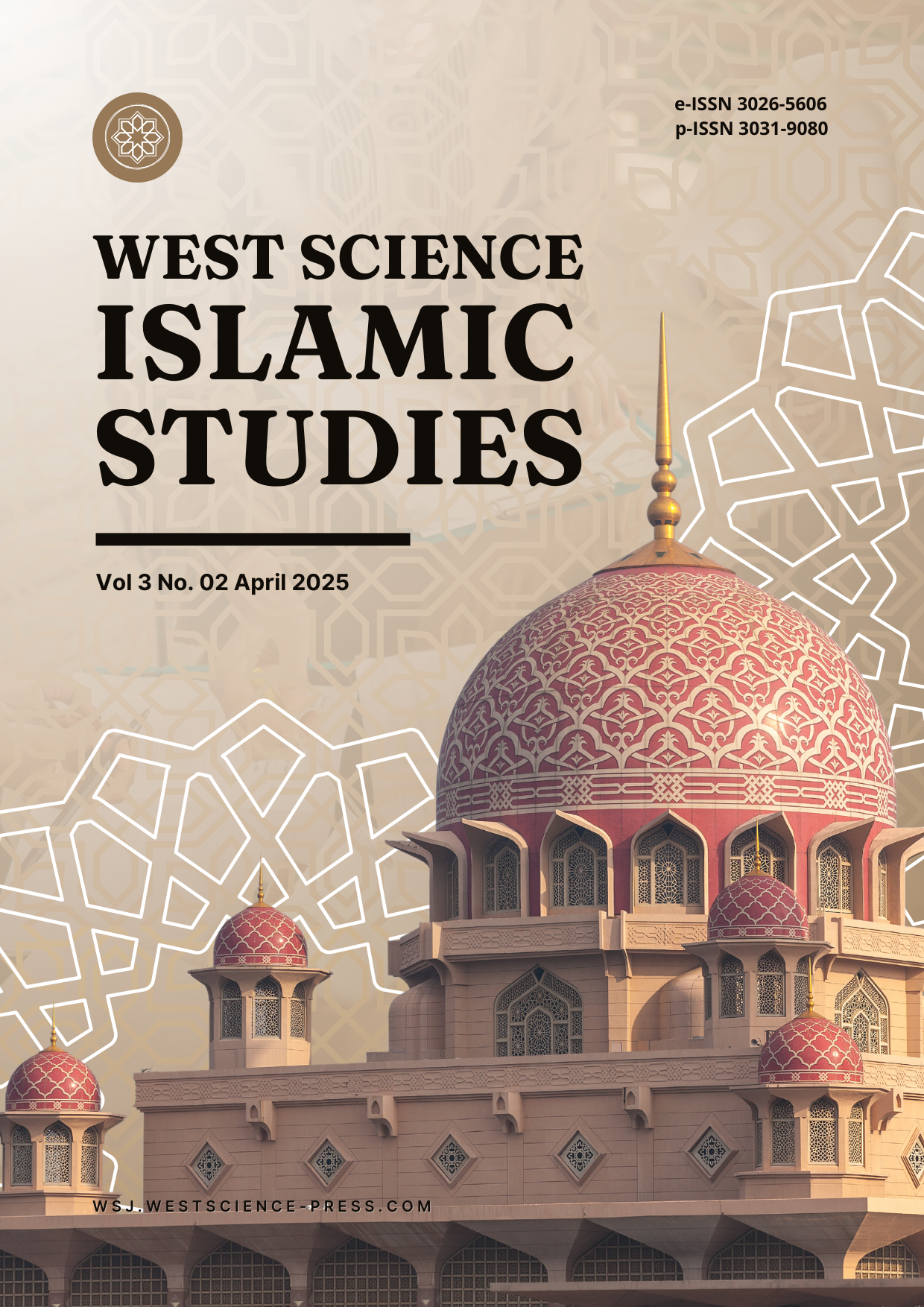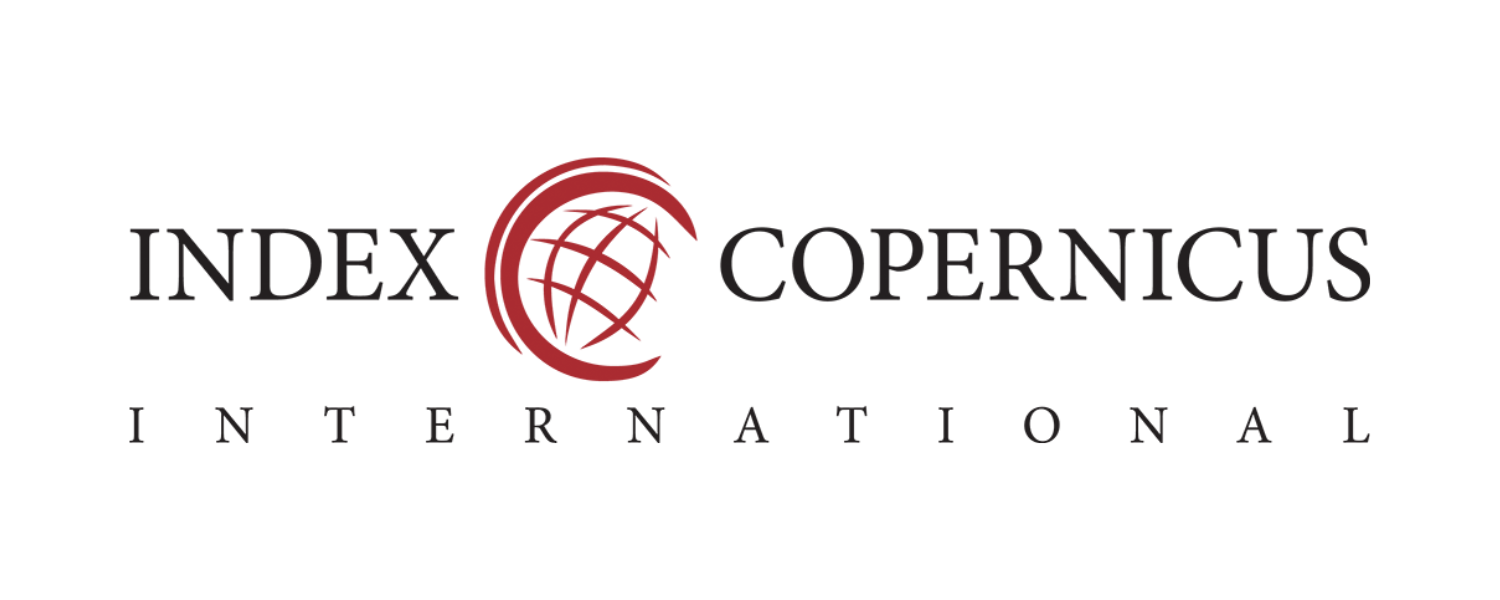Synergy of the National Sharia Board and the Financial Services Authority in the Development of Sharia Financial Regulations in Indonesia
DOI:
https://doi.org/10.58812/wsiss.v3i02.1831Keywords:
National Sharia Board, Financial Services Authority, Sharia Financial Regulations, Islamic Finance DevelopmentAbstract
This study examines the synergy between the National Sharia Board (Dewan Syariah Nasional, DSN) and the Financial Services Authority (Otoritas Jasa Keuangan, OJK) in developing sharia financial regulations in Indonesia. Employing a qualitative research approach, the study focuses on data obtained from semi-structured interviews with three informants, comprising a DSN representative, an OJK official, and a sharia finance expert. Key findings reveal the importance of collaborative decision-making, role clarity, structured communication mechanisms, and capacity building in ensuring effective regulation. However, challenges such as delays in policy integration and difficulties in addressing financial technology innovations persist. This research highlights the critical role of synergy between religious and regulatory institutions in fostering the growth of the sharia finance sector, positioning Indonesia as a global leader in Islamic finance.
References
[1] L. H. Ajuna, “Penerapan Akad Pembiayaan Syariah Dan Regulasinya Di Indonesia,” Al-Masharif J. Ilmu Ekon. dan Keislam., vol. 7, no. 1, pp. 112–130, 2019.
[2] S. H. Azwar and J. Majid, “Does Islamic Finance Boost the Economic Growth? Evidence from Indonesia Apakah Keuangan Syariah Mendorong Pertumbuhan Ekonomi? Bukti dari Indonesia,” 2024.
[3] K. Wahyudi, M. E. Baining, and K. Khairiyani, “Pengaruh Inflasi, BI-7 Day Reverse Repo Rate (BI7DRR), Dan Kurs Terhadap Nilai Aktiva Bersih (NAB) Reksadana Saham Syariah Dengan Pertumbuhan Ekonomi Sebagai Variable Moderasi,” J. Ris. Manaj., vol. 1, no. 1, pp. 139–157, 2023.
[4] U. K. Khotimah, “Sharia Economic Law Regulation In Indonesia And Malaysia: Implementation And Challenges,” SASI, vol. 30, no. 4, pp. 402–415, 2024.
[5] N. Barafwala and A. S. Mehta, “Shariah-Compliant Finance: An Analysis of the Islamic Financial Services Industry,” Int. J. Manag. Public Policy Res., 2023.
[6] S. Hartini, A. Purwoto, R. Hartono, and A. Apriadi, “Authority of the National Sharia Council (DSN) and the Financial Services Authority (OJK) in the Regulation of Shakira Banks After the Birth of Law no. 21 of 2011 Linked to Sharia Principles According to Sharia Banking Law,” J. Lifestyle SDGs Rev., vol. 5, no. 2, pp. e04625–e04625, 2025.
[7] M. Adnan, B. Uyuni, M. Mahfuz, S. Anim, and K. Kohari, “MUI’S STRATEGIC ROLE IN ISLAMIC BANKING: An Overview,” El-Arbah J. Ekon. Bisnis Dan Perbank. Syariah, vol. 8, no. 2, pp. 205–219, 2024.
[8] U. L. A. Luâ and M. I. Ulumudin, “Implementasi Prinsip 6C; Pembiayaan Griya dan Tingkat Pengembalian Angsuran Pada Bank Syariah Mandiri,” J. At-Tamwil Kaji. Ekon. Syariah, vol. 4, no. 1, pp. 38–66, 2022.
[9] M. Taufiq, D. P. Sari, A. Ridho, I. M. Sobri, O. Alexander, and M. Ilham, “Termination of Hajj Initial Deposit Financing Products for Hajj Pilgrimage Organization Costs: Normative Legal Analysis,” SHAHIH J. Islam. Multidiscip., vol. 9, no. 1, pp. 35–56, 2024.
[10] N. Yanti, N. A. Bakar, and J. I. Wandi, “Development and Challenges of Sharia Banking in Indonesia in the Global Financial Context,” Mu’amalatuna J. Ekon. Syariah, vol. 7, no. 1, pp. 28–40, 2024.
[11] Z. Kepli and M. Yazid, “Islamic finance in Indonesia: a quantum leap,” Int. J. Sales Mark. Manag. Res. Dev., vol. 3, no. 5, pp. 21–30, 2013.
[12] A. S. P. D. Yuliantika, J. Jelita, and E. Cahyaningrum, “ANALISIS TANTANGAN DAN KONTRIBUSI PASAR MODAL SYARIAH TERHADAP PERTUMBUHAN EKONOMI DI INDONESIA,” At-Tawazun, J. Ekon. Syariah, vol. 12, no. 02, pp. 110–126, 2024.
[13] D. A. Putra and A. A. Nurdiantoro, “Determinant Profitability of The Islamic Banking Industry inIndonesia: Literature Review,” J. Akunt., vol. 14, no. 2, pp. 171–180, 2024.
[14] S. A. Rusmita, M. S. Fathurrohman, E. F. Cahyono, and K. Abd Samad, “Monitoring of islamic finance activity to economic growth: An Indonesia experience (2009-2023),” in Fintech Applications in Islamic Finance: AI, Machine Learning, and Blockchain Techniques, IGI Global Scientific Publishing, 2024, pp. 191–210.
[15] A. Maghfur, “Pola Fatwa Dewan Syariah Nasional terhadap Produk Lembaga Keuangan Syariah,” Al-Muzdahir J. Ekon. Syariah, vol. 7, no. 1, pp. 82–97, 2025.
[16] A. Lutfiyah, D. P. Raharjo, and L. Ghozali, “Implementasi Fatwa Dewan Syariah Nasional-Majelis Ulama Indonesia (DSN–MUI) Terhadap Pasar Modal Syariah di Pasar Modal Syariah Indonesia,” J. Ilm. Ekon. Islam, vol. 8, no. 3, pp. 3434–3441, 2022.
[17] L. Iyer and D. Lane, “Indonesia’s OJK: Building financial stability,” in Institutions, institutional change and economic performance in emerging markets, World Scientific, 2016, pp. 267–309.
[18] S. Tebba, “Dilema Pengawasan Bank Syariah di Indonesia,” Mizan J. Islam. Law, vol. 6, no. 2, pp. 337–348, 2022.
[19] S. Aslamia, A. F. Sadikin, M. A. Saputra, Y. Y. Kusuma, T. Nataza, and R. O. Saputra, “REGULATION, SUPERVISION, AND IMPLEMENTATION OF SHARIA PRINCIPLES IN BANKING BY OJK (ANALYSIS OF LEGAL ASPECTS AND CHALLENGES),” Indones. J. Multidiscip. Sci., vol. 2, no. 2, pp. 264–274, 2023.
[20] M. F. Amir, “Peran Dan Fungsi Otoritas Jasa Keuangan (Ojk) Dalam Sistem Keuangan Di Indonesia (Perspektif Hukum Islam),” Al-Amwal J. Islam. Econ. Law, vol. 5, no. 1, pp. 59–71, 2020.
Downloads
Published
Issue
Section
License
Copyright (c) 2025 Ermaini, Arniwita, Iwan Eka Putra, Mohammad Ridwan, Munzir, Eko Sudarmanto

This work is licensed under a Creative Commons Attribution-ShareAlike 4.0 International License.






















 Instagram
Instagram 